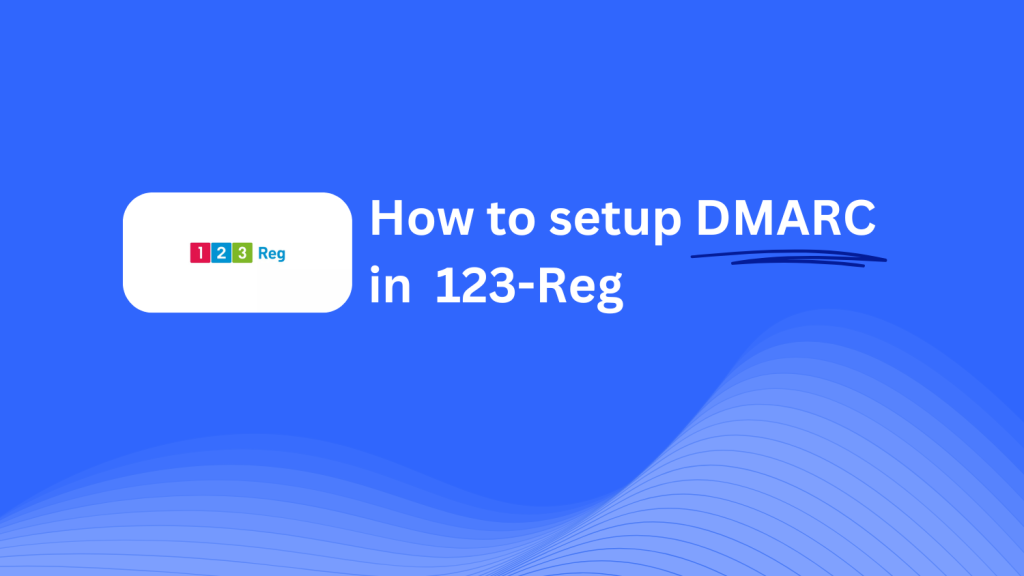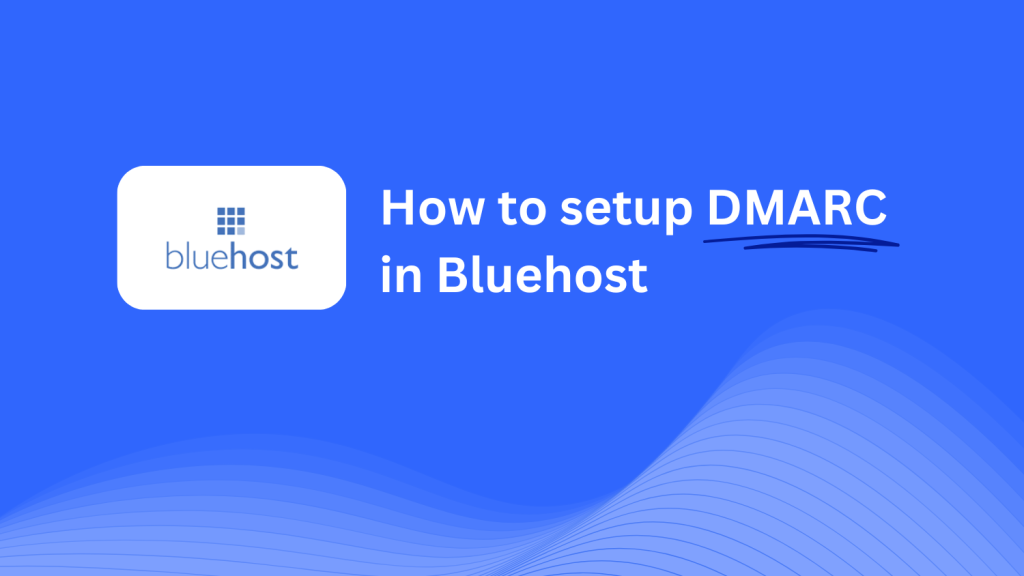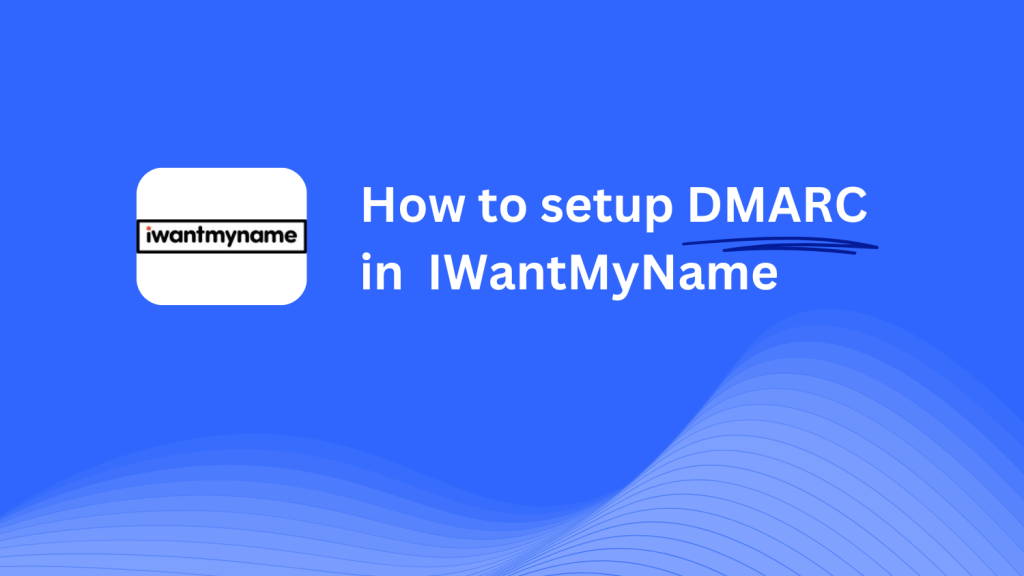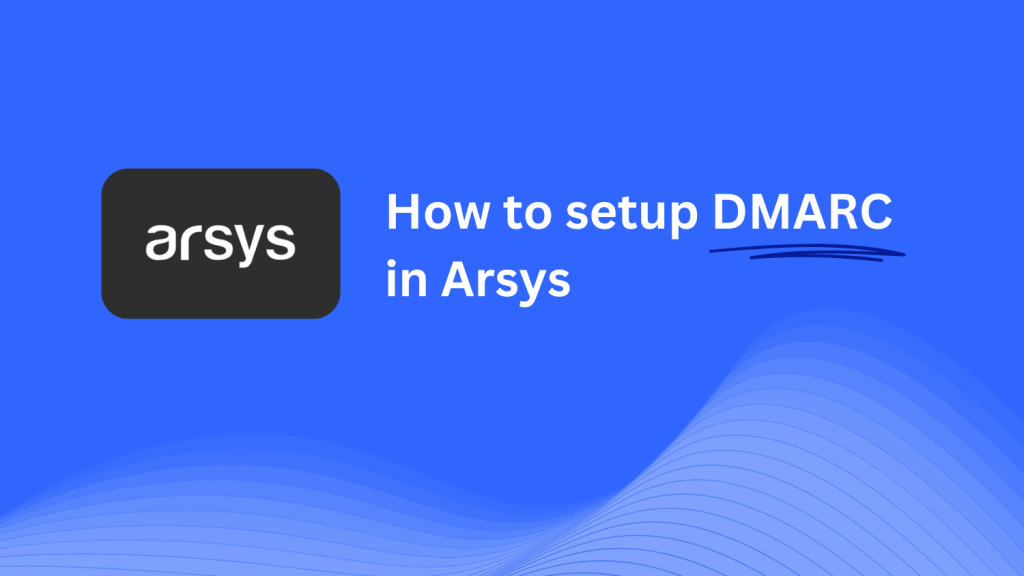How To Configure DMARC In 123-Reg

The following steps will guide you through adding a Skysnag DMARC CNAME record using 123-Reg as your DNS provider. This integration will help automate your DMARC management and ensure email security.
Note: To successfully apply the instructions below, you must have a Skysnag account. If you haven’t created one yet, click here to do so.
Step 1: Log in to Your 123-Reg Account
- Visit the 123-Reg website.
- Log in with your account credentials.
- Once logged in, go to the Control Panel and select the domain you wish to manage from the Domains section.
Step 2: Access the DNS Management Section
- After selecting your domain, scroll down to the Advanced Domain Settings.
- Click on the Manage DNS option under the Domain Name System (DNS) heading.
- This will take you to the DNS management page where you can add, modify, or delete DNS records for your domain.
Step 3: Add the CNAME Record for DMARC
- On the DNS management page, locate the Add Record option.
- In the record details, fill in the following fields:
- Type: Select CNAME from the dropdown list.
- Name/Host: Enter
_dmarc(this is specific for DMARC records). - Target/Value: Enter
{your-domain-name}.protect._d.skysnag.com. Replace{your-domain-name}with your actual domain name, e.g.,example.com.protect._d.skysnag.com. - TTL: You can leave this as the default or set it to Auto for automatic propagation.
- Click Save to apply the changes.
Step 4: Wait for DNS Propagation
- Once you’ve added the CNAME record, allow time for DNS propagation. This can take a few minutes up to 24 hours.
Step 5: Verify the Skysnag CNAME Record
- Log in to your Skysnag dashboard.
- Navigate to the domain settings and select the domain where you added the CNAME record.
- Click the Verify button to confirm that the Skysnag DMARC CNAME record has been set up correctly.
- Once verified, Skysnag will begin managing your DMARC policies and email reporting.
Troubleshooting Tips
- Propagation Delay: If the CNAME record doesn’t seem to be propagating, double-check the values you entered and wait up to 24 hours for DNS propagation to complete.
- Existing DMARC TXT Record: If you already have a DMARC TXT record in place, you may need to remove or update it to avoid conflicts with the new Skysnag CNAME record.
- Help from 123-Reg: If you’re having trouble managing DNS records, 123-Reg offers support and guidance on DNS configuration via their support center.
By following these instructions, you’ve successfully integrated Skysnag DMARC into your 123-Reg DNS. Skysnag will now automatically manage your DMARC policies and provide real-time reporting, helping improve your domain’s email security.






